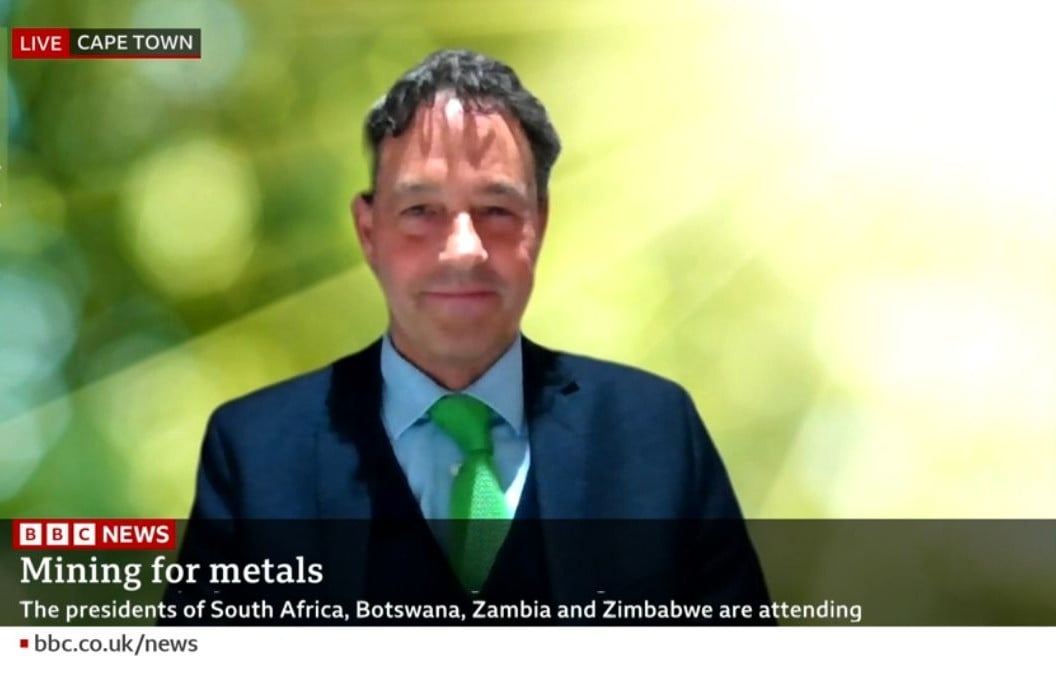
Jonathan Molyneux
Managing Partner, Oxford
24 May 2022
Jonathan Molyneux, Managing Partner, Sustainable Metals & Mining at ERM, has recently returned from Investing in African Mining Indaba, an annual conference dedicated to the successful capitalization and development of mining interests in Africa. Here he discusses his involvement in the conference, why he is so passionate about this topic, and what he will be taking forward from this experience.
Returning to home working after the throng and thrust of Indaba 2022, I have a refreshed sense of why I have become so invested in the metals and mining industry. So much of our future hangs on its contribution and performance!
Mining Indaba is an annual conference bringing together expertise from across the spectrum of the sector to consider unique and widening perspectives of the African mining industry. This year’s theme was the ‘Evolution of African Mining: Investing in the Energy Transition, ESG, and the Economies’.
From my perspective, having attended the early years of Indaba, seeing sustainability go from a side-lined topic being featured at the end of the conference to a core agenda item, really reflects the change taking place in the industry. For the past eight years I have run workshops and breakfast panels on sustainable mining alongside Indaba. Although these are not a part of the formal conference, they have become a well-recognized fixture over the years. This year the whole topic of ESG and sustainable mining was front and center of every CEO’s Indaba presentation and in many conversations elsewhere.
It was great to hear the many discussions about society’s reliance on metals, the demand/supply gap and the need for a new generation of mines. I particularly enjoyed listening to Robert Friedland (Ivanhoe Capital), as he always brings the whole story of sustainable mining to life, as well as our breakfast panel which featured some great speakers, including Natascha Viljoen, CEO of Anglo American Platinum. But these conversations weren’t restricted to panel sessions, they also occurred at more social parts of the conference such as the formal drinks parties, where there were some fascinating discussions taking place from the likes of Glencore and Rio Tinto.

Ahead of the conference, I supported many of the external stakeholder interviews during the design of the International Council on Mining and Metals (ICMM) Social and Economic Reporting Framework, so I heard first-hand how expectations of the industry remain high – as they should be. Many influential stakeholders were pleased that ICCM were working on this theme and said that they were looking forward to the mining industry raising its bar on socio-economic performance. The member company commitment behind the launch of the new framework is testament to the importance now being placed on these issues at every stage of the mine life cycle; from setting out to catalyse the development of thriving and eventually mine-economy-independent communities when building new assets, to the creative thinking being applied to late-stage assets and how to regenerate commerce and resilience around them as they wind down output.
Following Indaba, I have been left pondering some difficult questions regarding the future of the sector. How can the industry and society reach a ‘reconciliation’ and a new ‘pact’ that will decouple the next wave of new mine development from the tarnish of the industry’s legacy? Clearly, the new wave of mines must be based on a modern and sustainable mine blueprint – and legacies must be tackled – but we all need the ‘green’ metals those new mines promise. If the industry is unable to access the capital to build those new mines, then downstream customers will find alternative materials. So, it’s critical that the industry be able to convince investors that they are capable of meeting their low carbon production commitments.
As one CEO said at Indaba 2022, “We’re decarbonizing industry – we’ve yet to decarbonize society – us!” There’s an ironic paradox around stakeholders pressing for industrial transformation, while we are all still coming to terms with our consumption and carbon driving habits and norms, which of course, industry has to respond to. How can industry, downstream customers and civil society bodies build a greater popular recognition of this symbiosis, its implications – and find solutions that motivate a better outcome for all?
It’s taken great leadership, creativity and humility to get to this point, but now we need to keep going. So, I am left considering, who will broker and lead these vital resets?
I think the industry is facing a real moment of truth. For us at ERM, this means continuing to support our clients in solving these really pressing challenges - because we’ve got some very important parts of the jigsaw puzzle to help them do that.

Jonathan Molyneux is Managing Partner of the Sustainable Mining & Metals Team and has been part of the ERM team for the past 15 years. As part of his role, he advises some of the world’s most influential corporations in metals and mining to respond to the next generation of opportunities; evolving focus from business transformation to industry and multi-sector business model transformation.

Jonathan Molyneux
Managing Partner, Oxford